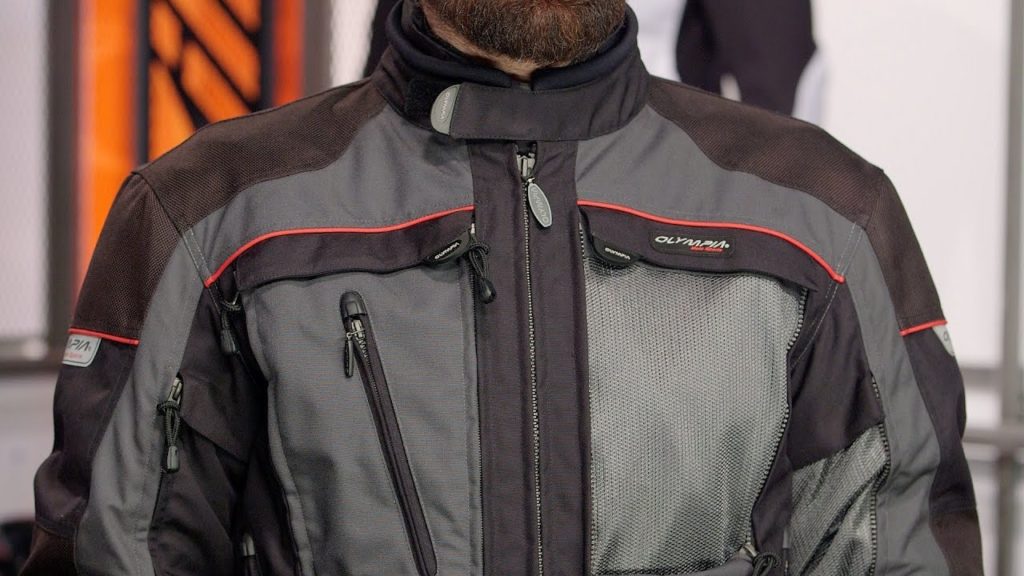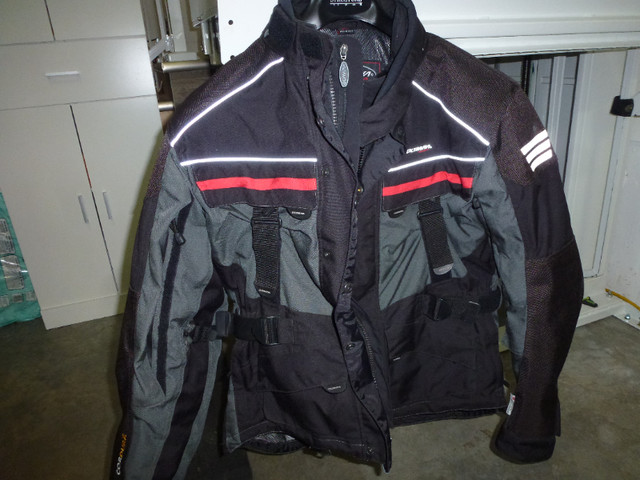A shell jacket is a versatile and practical garment that can enhance your outdoor experience in any season.
A shell jacket is a thin, lightweight, and waterproof layer that covers your torso and arms, and protects you from wind, rain, and snow.
A shell jacket works by creating a barrier between your body and the environment, while allowing moisture and heat to escape through its breathable fabric.
In this blog post, we will explain how a shell jacket works, and how to find the best one for your needs.
Whether you buy new or used jackets for sale, you will learn how to choose the right size, style, and features for your shell jacket.
What is a Shell Jacket?
A shell jacket is a type of outer layer that serves as a barrier between you and the environment.
It is designed to block wind and water, while allowing sweat vapor to escape from your body.
This way, you can stay dry and warm without overheating or feeling clammy.
Shell jackets can be classified into two main categories: hardshell jackets and softshell jackets.
Here are the main differences between them:
Hardshell jackets are heavier and stiffer than softshell jackets. They provide the best weather protection for extreme conditions, such as heavy rain, snow, or wind.
However, they are also less breathable and flexible than softshell jackets, which can make them less comfortable for some activities.
Softshell jackets are lighter and more flexible than hardshell jackets. They are made from woven fabrics that have some water resistance, but not a waterproof membrane.
However, they are also less protective than hardshell jackets, which means they can get wet or cold in severe weather.
What are the Benefits of a Shell Jacket?
A shell jacket is a great choice for outdoor enthusiasts because it offers several advantages over other types of jackets. Some of the benefits of a shell jacket are:
- Versatility: A shell jacket can be used for a variety of outdoor activities, such as hiking, skiing, camping, or biking. You can also adjust your warmth level by adding or removing layers underneath your shell jacket, depending on the temperature and your activity level.
- Durability: A shell jacket is made from tough materials that can withstand wear and tear from abrasion, snagging, or tearing. It can also resist fading or shrinking from exposure to sunlight or washing.
- Packability: A shell jacket is easy to pack and carry in your backpack or luggage. It can be compressed into a small size without losing its shape or functionality.
- Style: A shell jacket comes in many colors, designs, and features that can suit your personal preference and taste. You can find a shell jacket that matches your outfit or expresses your personality.

How to Choose the Right Shell Jacket?
When choosing a shell jacket, there are several factors to consider, such as:
Weather
The weather conditions you expect to encounter will determine whether you need a hardshell or a softshell jacket.
If you plan to face heavy precipitation or strong winds, you should opt for a hardshell jacket that can keep you dry and warm.
If you plan to face mild or moderate weather, you can go for a softshell jacket that can offer more breathability and comfort.
Activity
The type of activity you intend to do will determine how much mobility and flexibility you need from your shell jacket.
If you plan to do high-intensity or fast-paced activities, you should choose a softshell jacket that can allow more freedom of movement and sweat evaporation.
If you plan to do low-intensity or slow-paced activities, you can choose a hardshell jacket that can offer more protection and durability.
Fit
The fit of your shell jacket will affect how well it performs and how comfortable it feels. You should look for a shell jacket that fits snugly but not too tightly around your body.
It should also have enough room for layering underneath without being too bulky or loose.
You should also check the length of the sleeves and hem, as well as the size and placement of the pockets, zippers, and hood.

